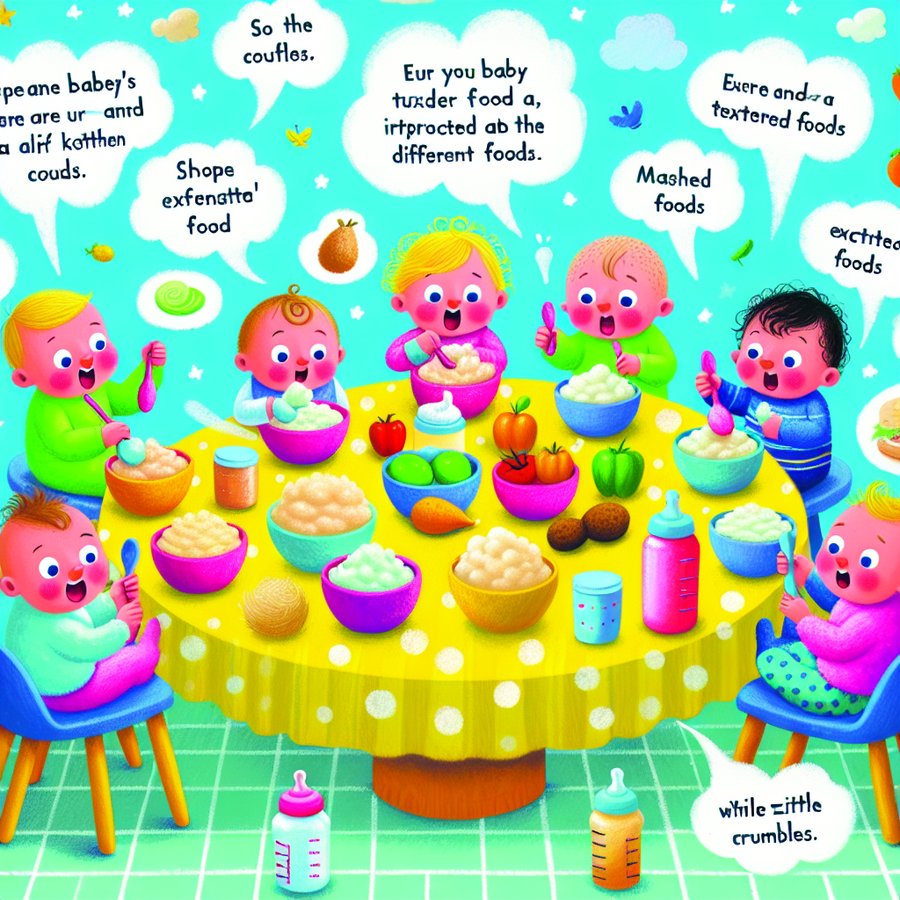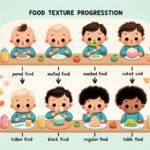Introducing texture in baby food: When and how is a pivotal step in your baby’s developmental journey, offering a world of taste and sensory experiences that lay the foundation for healthy eating habits. Understanding the right timing and methods can make this transition smoother and more enjoyable for both you and your little one.
Signaling the Right Time for Texture
Recognizing the signs that your baby is ready to explore textured foods is crucial. Typically, this readiness occurs around the age of 6 months, but it can vary. Key indicators include the ability to sit up with minimal support, showing interest in what you’re eating, and the diminishing tongue-thrust reflex which helps them swallow more solid forms of food.
For a deeper dive into readiness signs, refer to Signs That Your Baby Is Ready for Solid Foods Earlier Than Expected. It’s also essential to consult with your pediatrician to ensure your baby is developmentally on track for this new eating phase.
Introducing Texture in Baby Food: When and How
Introducing texture in baby food starts with gradually moving from liquid to thicker purées, then to mashed foods with soft lumps, and finally to small, soft solid pieces. This progression should not be rushed; each baby will adapt at their own pace. It’s important to introduce one new texture at a time and monitor for any signs of difficulty in swallowing or digestion issues.
During this period, offering a variety of foods can help your baby get used to different textures and tastes. For specific strategies on texture introduction, Introducing Texture in Baby Food: When and How provides an excellent guide for parents navigating this phase.
Techniques and Tools to Ease the Transition
Using the right tools can make introducing texture in baby food a more manageable task. Silicone feeders, for example, allow your baby to self-feed safely with textured foods. Mesh feeders can also be useful for introducing whole fruits and vegetables without the risk of choking.
Techniques such as offering finger foods that are easy for your baby to hold can encourage self-feeding and improve hand-eye coordination. For a variety of tools and techniques to support your baby’s journey, Best Practices for Transitioning from Purées to Solid Food is a resource rich with practical advice.
Introducing texture in baby food is a complex process that requires patience and observation. By following these guidelines and adjusting to your baby’s cues, you’ll help foster a love for a wide range of foods and textures, setting the stage for healthy eating habits that last a lifetime. For more insights on managing your baby’s diet transitions, Transitioning from Breast Milk to Cow’s Milk at 12 Months and Dealing with Picky Eaters: Strategies for 1-Year-Olds offer valuable strategies and tips.













